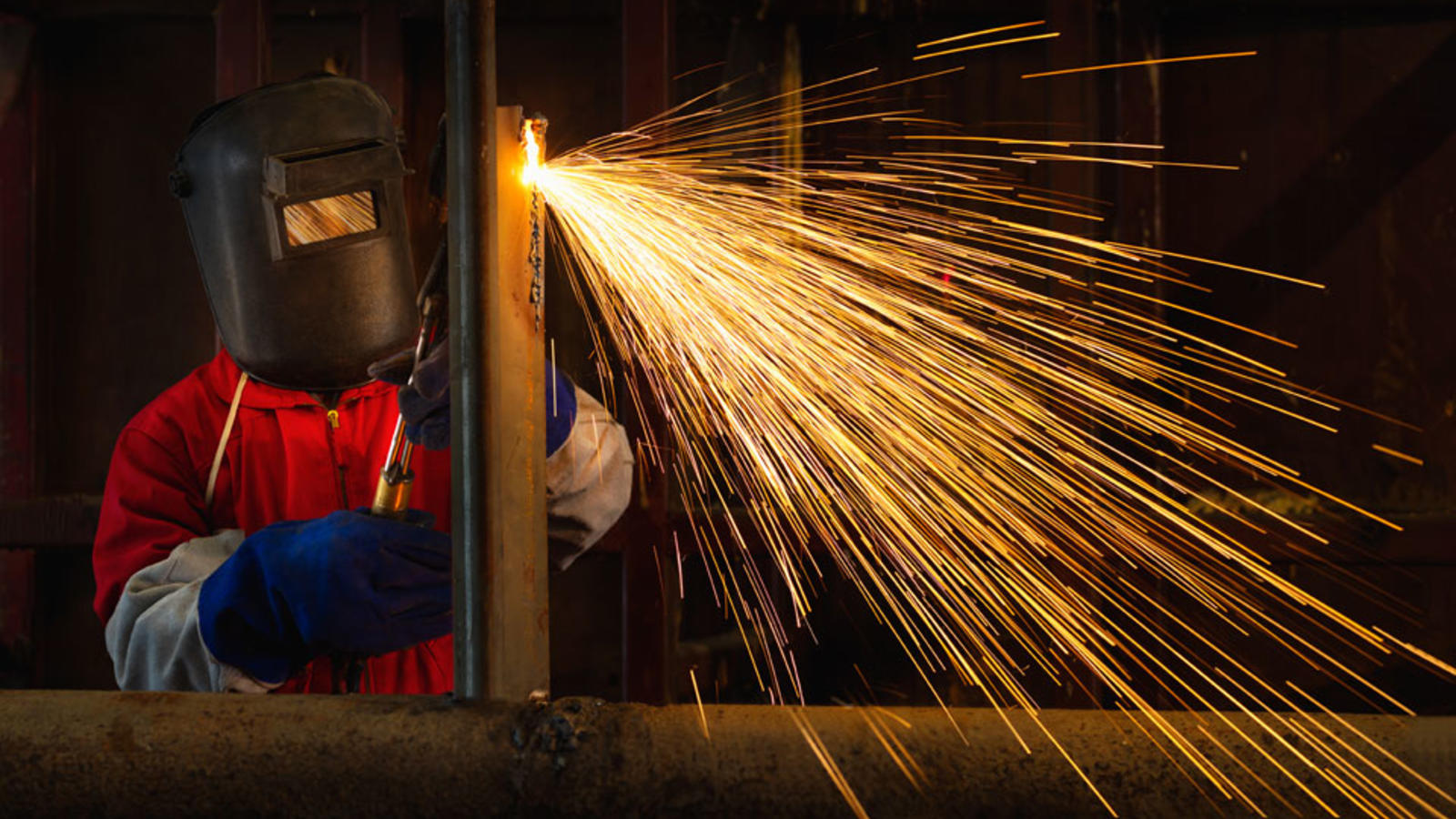The Ultimate Overview to Welding WPS Procedures: A Thorough Overview for Welders
In the complex world of welding, Welding Procedure Specs (WPS) offer as the foundation of guaranteeing top quality, uniformity, and safety and security in welding procedures (welding WPS). As we dig right into the numerous elements of a WPS and explore the details of credentials and qualification, we will certainly uncover the important role these treatments play in the realm of welding.
Importance of WPS Procedures
Understanding the value of Welding Treatment Requirements (WPS) treatments is critical for ensuring the quality and honesty of bonded structures. WPS procedures act as a roadmap for welders, describing the essential steps, parameters, and materials required to accomplish a sound weld. By sticking to WPS standards, welders can make sure uniformity in their job, bring about structurally sound and reputable welds.
Among the key reasons that WPS procedures are crucial is their function in preserving weld top quality and stability. Following the specified welding specifications and strategies laid out in the WPS assists stop problems such as porosity, fracturing, or incomplete combination, which can jeopardize the strength and longevity of the weld. Additionally, WPS procedures are crucial for ensuring conformity with market standards and codes. By adhering to well established WPS standards, welders can show that their work meets the essential needs for safety and security and top quality, giving assurance to customers, inspectors, and regulative bodies. Essentially, the relevance of WPS procedures can not be overstated, as they are essential to achieving regular, premium welds that fulfill sector criteria and specifications.

Elements of a WPS
A Welding Treatment Spec (WPS) usually makes up necessary parts that detail the specific needs for carrying out a weld, ensuring consistency and quality in the welding process. The vital parts of a WPS consist of vital variables such as base metals, filler metals, interpass and preheat temperature levels, welding procedures, shielding gases, welding settings, and post-weld warmth treatment needs.
Base metals refer to the products being signed up with, while filler steels are utilized to fill the space in between the base steels during welding. Preheat and interpass temperature levels are crucial for controlling the heat input and preventing issues like breaking or distortion. The welding procedure lays out the particular technique to be used, whether it's gas steel arc welding (GMAW), secured steel arc welding (SMAW), or one more method. Shielding gases shield the weld swimming pool from atmospheric contamination. Welding placements define the positionings in which welding can be performed. Post-weld warm treatment may be necessary to eliminate anxieties and improve the weld's homes. A complete understanding of these parts is essential for developing a efficient and extensive WPS.

Credentials and Certification
Having established the crucial components of a Welding Treatment Spec (WPS), the focus now shifts towards the essential aspects of certification and certification in welding practices.

Qualification, on the other hand, is the formal recognition of a welder's credentials by a relevant certification body or company. Welding accreditations are commonly based on the particular welding processes, materials, and positions a welder is certified to deal with. Holding a valid welding accreditation demonstrates that a welder fulfills market requirements and is experienced to perform welding jobs to the needed specifications.
Creating a WPS
To establish a Welding Treatment Specification (WPS) that fulfills market standards, careful factor to consider of welding procedures, materials, and operational specifications is important. The very first action in producing a WPS is to identify the welding procedure to be made use of, such as gas steel arc welding (GMAW) or protected steel arc welding (SMAW)

Implementing and Keeping Track Of WPS
Upon completing the extensive Welding Treatment Requirements (WPS) that diligently details welding procedures, materials, operational criteria, and quality guarantee actions, the emphasis changes to properly implementing and keeping an eye on the recognized treatments. Execution entails making sure that all welders associated with the job know with the WPS and follow it diligently throughout the welding process. This requires giving ample training and supervision to assure adherence to the defined treatments. Checking the WPS includes constant oversight to verify that welding tasks straighten with the documented requirements. Assessments, screening, and top quality control procedures are necessary components of the tracking process to determine any kind of discrepancies or concerns quickly. Regular audits and testimonials of the welding treatments assist in preserving uniformity and read the full info here quality throughout the task. Reliable execution and monitoring of the WPS are critical for guaranteeing the stability, stamina, and security of the welded joints, eventually contributing to the general success of the welding task.
Final Thought
In conclusion, understanding and following Welding Procedure Specs (WPS) is vital for welders to make certain top quality, consistency, and security in their work. By knowing the parts of a WPS, obtaining appropriate certifications and accreditations, creating thorough treatments, and implementing and monitoring them effectively, welders can enhance their skills and effectiveness in welding practices. Sticking to WPS treatments is important for generating high-grade welds and meeting market requirements.
In the complex globe of welding, Welding Procedure Requirements (WPS) offer as the foundation of ensuring top quality, uniformity, and safety and security in welding operations. The welding process describes the specific technique to be utilized, whether it's gas steel arc welding (GMAW), shielded metal arc welding (SMAW), or another technique.To develop a Welding Treatment Spec (WPS) that fulfills sector requirements, cautious factor to consider of welding procedures, materials, and functional criteria is important. The first action in producing a WPS is to recognize the welding process to be used, such as gas steel arc welding (GMAW) or secured steel arc welding (SMAW)Upon finalizing the extensive Welding Treatment Requirements (WPS) that carefully information welding processes, products, operational criteria, and high quality assurance steps, the focus changes to successfully implementing and checking the well-known procedures.